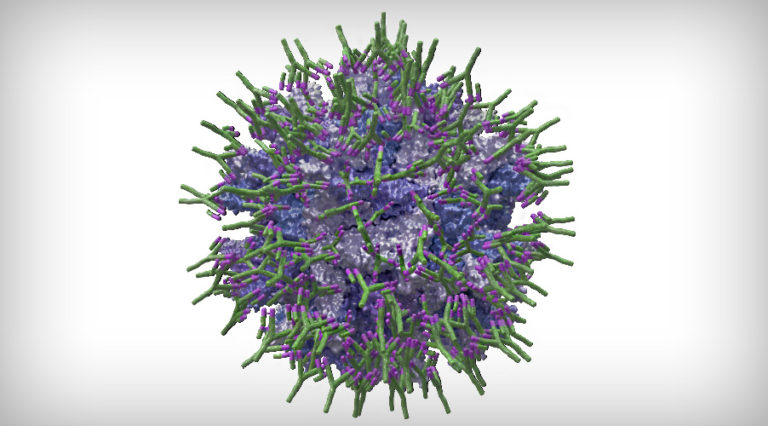Variant IBDV strains from different countries. Are they related to each other?
21 November 2023
Infectious bursal disease virus (IBDV) was commonly divided into three main groups according to antigenic and virulence properties: classical virulent (cvIBDV), very virulent (vvIBDV) and antigenic variants (avIBDV). In 2018, a new nomenclature based on genotyping was established and viruses belonging to this last group were classified into Genogroups G2, G4, G5, G6, and G71. Several publications have described the huge impact that the subclinical form of Gumboro has had on large farms, especially due to the circulation of novel G2 variant IBD viruses2.
Many publications have shown that some G2 variant IBD viruses may be antigenically distinct from the Delaware-E Variant type strain and might not be neutralized by antibodies produced from the current commercial Del-E variant type vaccines3. In such a scenario, the use of live vaccines with good competitive exclusion capacity might be a good solution for the control of these emergent variant strains.

A broad analysis of the characterization and circulation of genogroup (G2) variant type viruses was carried out in different countries for a better understanding of the evolution of the virus, its phylogenetic relatedness and the implementation of proper measures to improve the control of the disease worldwide. One hundred and six G2 variant Gumboro strains were obtained from Peru, Spain, the Philippines, Mexico, France, Poland, Portugal, Malaysia and South Africa from 2020 to 2021.
The results obtained showed the extensive and distinct evolution of the Genogroup 2 virus around the world. However, the viruses seem to have a similar evolution within a specific region, which may respond to similar production managements.
Read the complete article:
Evaluation of the phylogenetic relatedness of 106 genogroup 2 IBDV from seven different countries
1. Jackwood, D.J., Schat, K.A., Michel, L.O. & de Wit, S. 2018. A proposed nomenclature for infectious bursal disease virus isolates. Avian Pathology, 47, 576–584.
2. Zachar T., Popowich S., Goodhope B., Knezacek T., Ojkic D., Willson P., Ashfaque K., Gomis S. 2016. A 5-year study of the incidence and economic impact of variant infectious bursal disease viruses on broiler production in Saskatchewan, Canada. Can. J. Vet. Res. 80:255–261.
3. Jackwood D.J., Susan E. Sommer-Wagner S.E. 2011. Amino acids contributing to antigenic drift in the infectious bursal disease Birnavirus (IBDV). Virology 409: 33–37.
Don't miss any updates
Controller: LABORATORIOS HIPRA, S.A.
Purposes: Managing the contractual and/or business relationship with HIPRA, including sending news, promotions and invitations to events sponsored by HIPRA.
Lawful basis: Performance of the contractual relationship and HIPRA’s legitimate Interest.
Recipients: Third parties to which HIPRA has entrusted cloud computing, security, auditing, mailing, technical and computer support services, as well as companies in its group.
Rights: Request access to and rectification or erasure of personal data and other rights as explained in the additional information. You can seeview the detailed additional information about data protection in our Privacy Policy.
For further information, please check our detailed information on Data Protection.